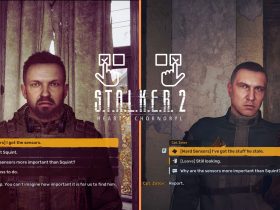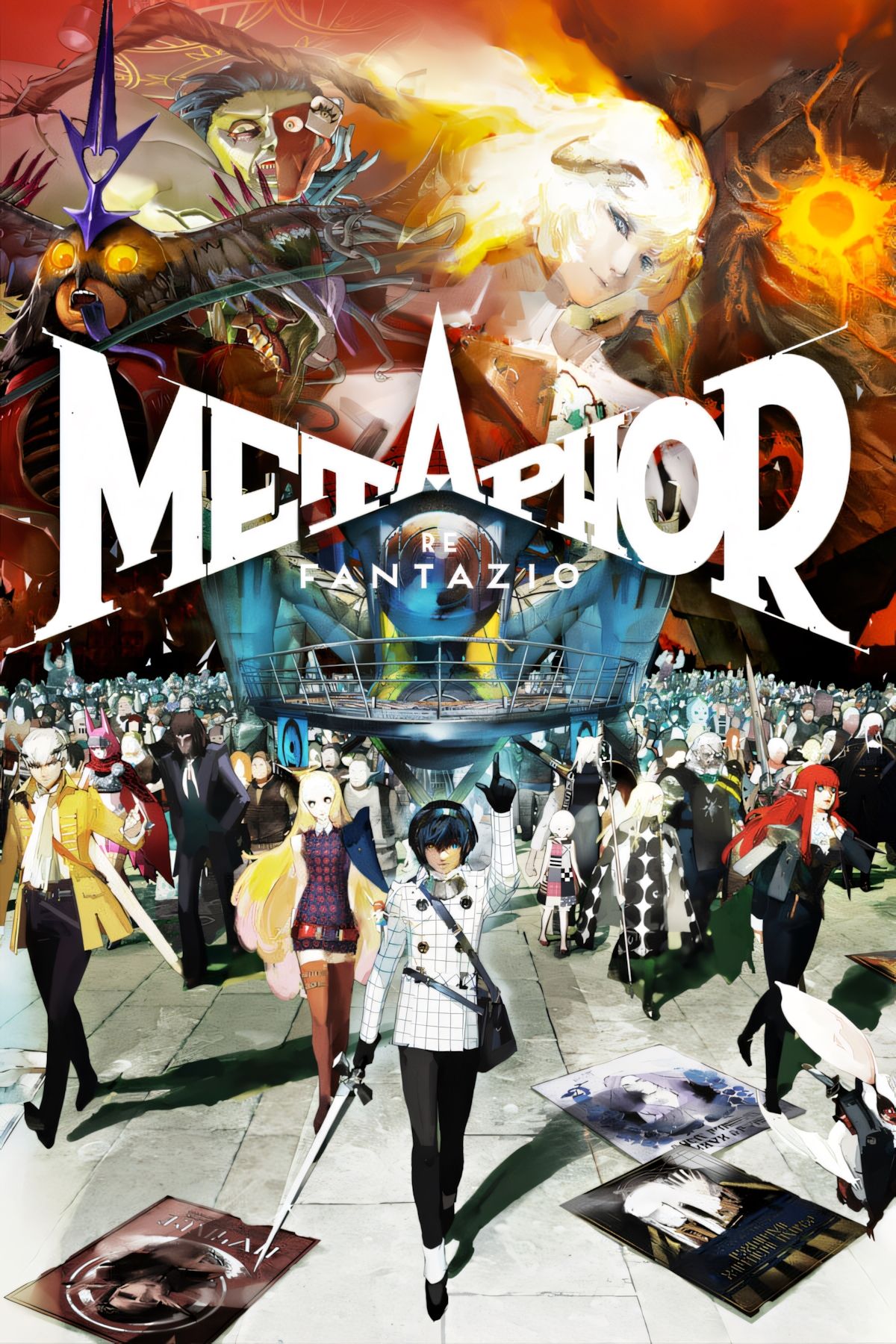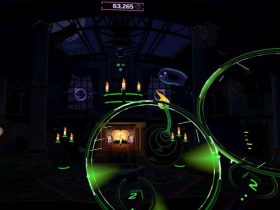Between the social sim elements that have come to define the Persona series and the iconic press-turn system of SMT, the mechanics of Metaphor: ReFantazio show not only how well it is able to draw on Atlus’ past, but also its prowess at defining its own identity. Strategy is more than just the choices players make in combat, and with the royal virtues that Metaphor: ReFantazio‘s protagonist must refine alongside the followers he chooses to help, what is done outside the battlefield is just as important in honing his chances of victory. With the Tournament for the Throne being a tumultuous journey that gets upended through Metaphor‘s many twists and turns, the way that this unpredictability is reflected in the game’s deadlines helps not only to up its stakes, but also to make its adventure feel natural.
Given the medieval fantasy style of Metaphor: ReFantazio‘s world, its calendar doesn’t follow the same conventions of the seven-day week, instead opting for a five-day structure. Though the weeks of Metaphor‘s United Kingdom of Euchronia are shorter, its months are slightly more consistent with the real world, each comprising thirty days. This structure doesn’t matter too much in the grand scheme of Metaphor‘s deadlines, with the time to complete missions occasionally overlapping from the tail end of one month to the start of the next, though the way in which the Tournament for the Throne transpires makes it so that the time in which the protagonist has to meet a deadline varies.
Major spoilers for Metaphor: ReFantazio ahead.

Related
A Future Metaphor: ReFantazio Update Should Steal One Final Fantasy 7 Rebirth Feature
Final Fantasy 7 Rebirth and Metaphor: ReFantazio are two of 2024’s biggest JRPGs, but the latter could make great use of one of the former’s features.
Metaphor: ReFantazio Balances a Tight Story Pace with Moments of Respite
When looking at the full calendar of Metaphor: ReFantazio‘s journey, the span of the protagonist’s pursuit of the throne is roughly five months total, following a slightly condensed schedule as compared to Persona games. Metaphor‘s pacing is speedier in this regard, though it manages to balance itself in a way that makes its journey feel in motion while still allowing breathing room to reconcile with its world. Its deadlines are spaced out appropriately to lend its story revelations some weight without giving too much time to dwell. Even the shorter time spans, like the ten days in September given to prepare for a showdown with Louis, are mapped out so that the player has at least two Idlesdays for bargain shopping with Euchronia’s various merchants.
Varying the game’s time limits helps create the feeling of a natural adventure, where some deadlines are more demanding than others, lending credence to how unruly Metaphor: ReFantazio‘s Tournament for the Throne gets. It starts off fairly structured through the Sanctist Church’s proclamation of the tournament, setting the scene for Martira’s investigation and obtaining Drakodios. That falls apart due to Rella testing the party and Louis’ no-nonsense challenge of their power, proving that time, and its obstacles, will move forward irrespective of the protagonist’s readiness. To balance this, the full month given before the game’s final boss allows ample opportunity to complete requests, reach the full potential of bonds, and grind for EXP should be desired, while still making narrative sense through the Day of the Hero.
Upping the Tension Through Variation
In comparison, Persona 5‘s handling is a bit more uniform in its approach to deadlines, offering a consistent two to three weeks for each deadline, interspersed with narrative moments to set up the next conflict. The quickest turnaround time is the game’s first deadline, which works to the advantage of its story structure, given that most Confidants aren’t yet available at this point. Similarly, Persona 3 Reload players can consistently expect about a month of time before each major operation.
Of course, Persona 5 has more bonds to consider than Metaphor: ReFantazio‘s list of followers (as does P3), which is taken into account in its longer calendar cycle and overall mission deadlines, though the nature of this consistency lends itself to being more predictable than Metaphor‘s approach. Though both titles use a weather system that can upend certain activities or affect battle, the effects of inclement weather on Metaphor‘s press-turn system are arguably more tumultuous, adding another layer to the calendar’s scheduling.
In the case of Metaphor: ReFantazio‘s royal virtues, the calendar system manages to be quite forgiving in the opportunities allocated to raise the protagonist’s social stats. The books on the gauntlet runner are testament to this, since night is allocated for rest after excursions. Some of the party’s bond events being available on the gauntlet runner also helps to supersede the loss of evening activities, making the days more fulfilling.
The hidden quirks of Metaphor‘s calendar are rewarding, and even a bit eccentric, like providing permanent stat increases to the protagonist’s luck for using the restroom on a day divisible by five. Lastly, having merchant and shop accessibility change depending on whether it is day or night adds another refreshing layer to Metaphor‘s strategy that coincides with proper scheduling, demonstrating just how well it is woven into every facet of its gameplay.













Leave a Reply